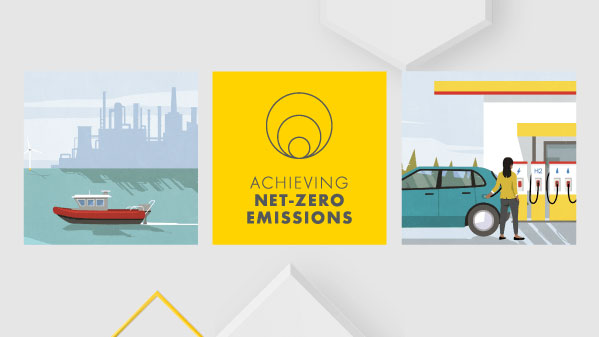Fiscal frameworks for the energy transition
Society faces a dual challenge: it must transition to a low-carbon energy future to manage the risks of climate change, while still providing a secure and affordable supply of energy.
Fiscal policy plays a crucial role in facilitating the energy transition. Taxes are one of the tools that governments can use to raise revenues, encourage behaviour change and incentivise investment in low-carbon products and their use. For example, carbon pricing, whereby a cost is applied to carbon emissions to discourage their release, is a method that governments can employ to limit global warming.
In setting fiscal policy, governments may face competing priorities. On the one hand, they may wish to use tax incentives to reduce greenhouse gas emissions by encouraging investment in renewable energy and new technologies. On the other hand, they may also need to secure energy supply and raise revenues for public spending.
As the energy transition gathers momentum, governments may also need to consider tax policies that can help them manage potentially lower revenues from the declining use of fossil fuels. Shell supports stable fiscal regimes which attract investment, including in new technologies that facilitate the energy transition and support sustainable government budgets.
In line with our Responsible Tax Principles, we only make use of tax incentives, including those that encourage investment in low-carbon and renewable energy, when they are aligned with our business and operational objectives.
We suggest that fiscal policies for the energy transition should be based on the following principles:
Read more in Responsible Tax Principles.











